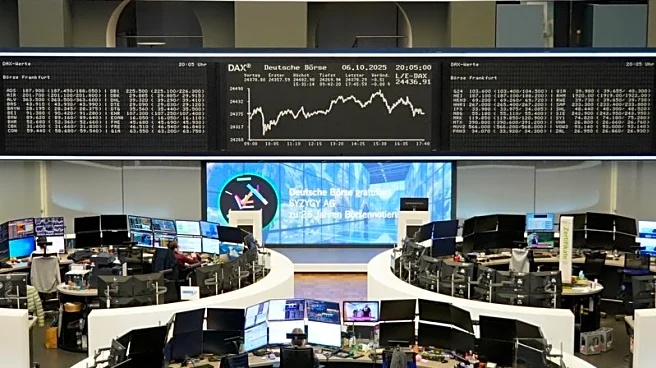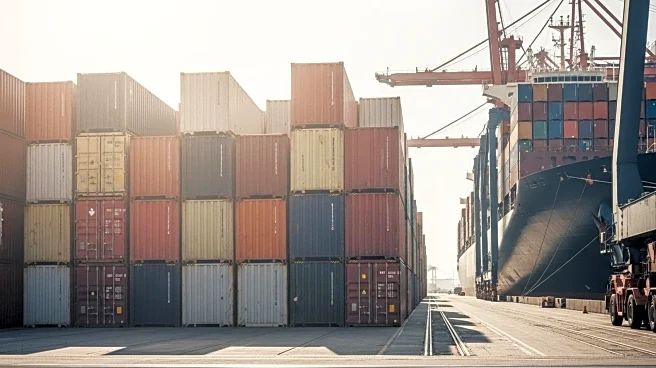What is the story about?
What's Happening?
BMW has revised its financial outlook for 2025, citing weaker-than-expected sales in China and increased tariff costs. The company now anticipates its group pre-tax earnings to fall slightly below last year's €10.97 billion (approximately $12.79 billion), contrary to its previous forecast of stable profits. This adjustment reflects the challenges BMW faces in one of its key markets, where demand has not met expectations, impacting overall financial performance.
Why It's Important?
China is a crucial market for BMW, and the decline in sales there could have significant implications for the company's global strategy and profitability. The revised profit forecast highlights the potential vulnerability of automakers to fluctuations in international demand and trade policies. This development may prompt BMW to reassess its market strategies and operational efficiencies to mitigate the impact of external economic factors. Stakeholders, including investors and industry analysts, will closely monitor how BMW navigates these challenges.
What's Next?
BMW may need to explore strategic adjustments, such as enhancing its product offerings or optimizing its supply chain, to counteract the effects of reduced demand in China. The company might also consider increasing its focus on other emerging markets to diversify its revenue streams. Additionally, BMW's response to tariff costs could involve negotiations or adjustments in pricing strategies to maintain competitiveness. The automotive industry will be watching BMW's next moves closely, as they could set precedents for other manufacturers facing similar issues.
Beyond the Headlines
The situation underscores the broader economic interdependencies between global markets and the automotive industry. BMW's experience may prompt discussions on the resilience of international business models and the need for adaptive strategies in response to geopolitical and economic shifts. The company's approach to managing these challenges could influence industry standards and practices, particularly in terms of risk management and market diversification.
AI Generated Content
Do you find this article useful?














